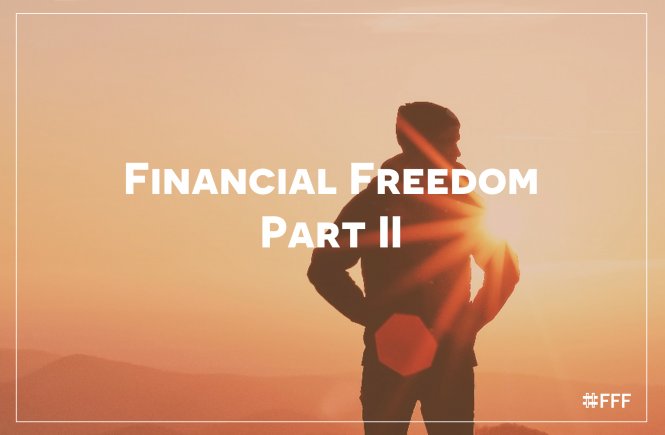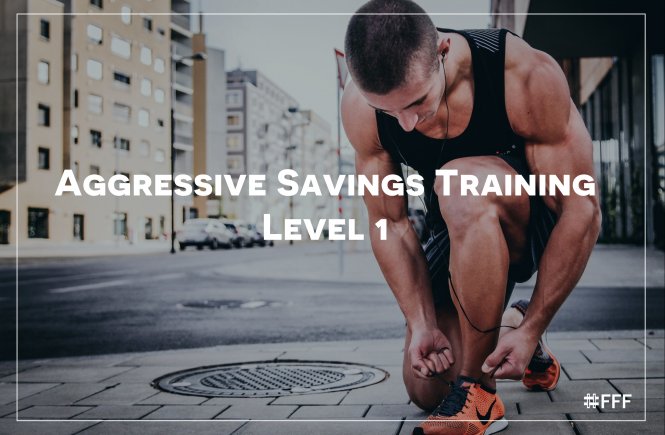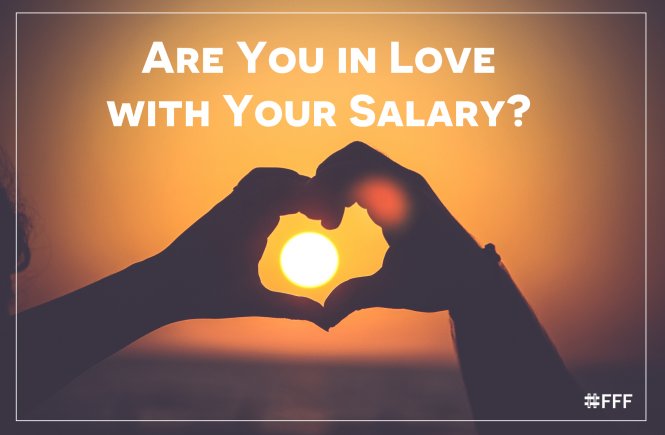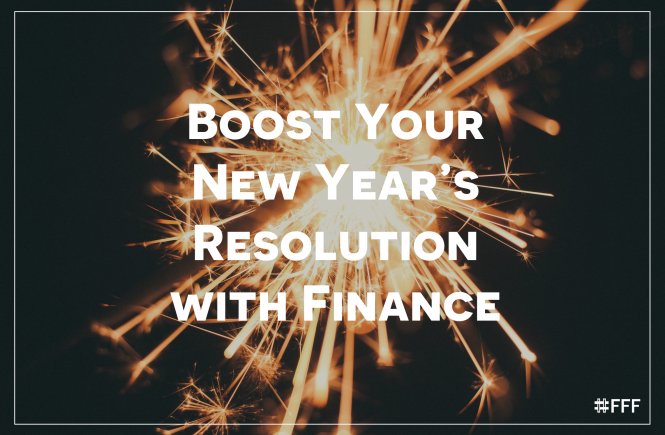For me financial freedom is when you are not limited by your finances, you are able do what you want and your finances won’t be the reason you’re being held back. Financial freedom is, however, personal and different from person to person. I’m writing this post based on my definition of financial freedom and even if your definition might be different I’m sure that some parts can relate to your journey towards financial freedom as well or it might inspire you on the way.
To break it down, financial freedom is just an outcome of behaviour, your everyday choices will determine the level of financial freedom that you achieve in life. There are for sure different ways to achieve financial freedom and here you can read about my six step road divided in three phases that will guide you towards financial freedom.
Build up Phase
This phase is about building the foundation of your behavioral actions that will result in financial freedom. Your financial situation is completely based on all your actions related to your income and to your expenses. Many of these actions has become habits by now and by going back to the root and redefining your actions you can take control over them in a way that will lead you closer to financial freedom.
Step 1. Gain Control
First step is to take back control of our actions. Most of us have probably already lived 20 plus years and many things we do are habits that we don’t question very often. Let’s take a step back and reflect about what kind of situations we are in where we influence our income and our expenses. How do we usually react? Is that how we want to act? Is there another way to act in order to earn more/spend less? Are all our expenses necessary? It is also extremely important to define the value we are getting when we’re spending, is the value higher than achieving financial freedom if we saved instead? Ask yourself if you really, really need all the things you spend money on and sort out what really matters for you. The purpose of this step is to being aware of what we are doing and why we are doing it. By being aware we can take control and we can then align our actions with what we want to achieve.
Step 2. Build Your Savings
Self-control over our spending behaviors will in most cases result in increased savings, but if we want to get serious about financial freedom we should have an active intent to save. Savings are like the air-bag when a car crashes, when the accident appears it reduce the impact significantly. In other words, savings are great! First of all decide how much savings you need to have as a minimum. How much would you need if you become unemployed? How much money do you need to sustain yourself if there is an accident of any sort. When you have defined your ideal level of savings this will be your savings goal. It’s not easy to know exactly how much savings you need and you don’t need to try to find the perfect number. Think of a number you feel comfortable with, with time you’ll feel if it’s higher than you need or if you prefer more and you can adjust thereafter. Second part is to start saving and the easiest way to save more is to spend less. Check out my post Basics of Saving if you want some inspiration to get started or read any other post in the savings category.
Maintain Phase
It’s easy to start when we’re all excited about a new life, new habit or new goal but when we actually have to keep up with it every day it gets a bit tough. The maintain phase is therefore the most important part of your financial freedom journey and this will determine whether you succeed or not.
Step 3. Spending Habits
Throughout all these years we have programmed different habits within us and how we spend our money is simply a habit. The bad news is that habits can be difficult to break because we constantly need to be aware of when we’re doing it in order to choose not to do it. The good news is that it’s just a habit and it can be broken and rebuilt. In the first step you identified your current habits and compared them with how you want to act in different situations. To maintain this we can make it a lot easier by using some tricks to restrain ourselves. If we know that we spend a lot of money on the cinema, put a limit. Determine that you can only spend $30 on cinema per year, when you’ve used that money you have to wait until next year. At first it will be hard but as time passes you’ll stop thinking about it and eventually you’ve built a new habit. In this case the new habit would most likely be to carefully choose the movies you watch at the cinema because you know you only have a limited number of times you are able to go.
Step 4. Saving Habits
Setting your savings goal is the first part, achieving it is the second part and maintaining it is the last part. As time passes there will be different opportunities coming along that you want to spend your money on, there might also be different crisis. Therefore, you constantly need to refill your savings. The whole point of maintaining your savings is to constantly fill up your savings which will allow you to maintain your financial freedom. This means that once you need/want to spend from your savings you have already “refilled” your savings in advance and you won’t be affected financially. You create the want -> spend -> refill cycle instead of the want -> save -> spend cycle that can limit you. Build habits by actively put aside savings, it can be a set amount you commit to save at the beginning of the month or it can be at the end of the month whatever is leftover (since you will spend less as a consequence of step 1 and step 3), or you can do both! This can actually be a very fun activity. I know that many doesn’t feel this way but I’ve always felt a lot of joy and excitement every time I transfer money to my savings account and see it grow, and maybe there is one or two other souls out there who will find the same joy.
These two steps will then build your new habits and become your financial routine in life.
Living Financial Freedom
When you’ve gone through step 1 – 4 it is just a question of time until you achieve your financial freedom. It can take some time, especially to build up your savings and a bit less to break your habits but along the way you will feel more and more financial free. Partly because you have more money and the other part because you have less need to constantly spend. Your life is less controlled by spending and therefore your also less controlled by your finances.
Step 5. Do Not Lose Focus
When we achieve financial freedom we have easy access to more money which means that in theory we can spend more. There is a risk that we will cave in to temptation and start to spend more money on things that doesn’t really bring much value in life. It is therefore important not to lose focus of what we actually want to spend our money on to make sure we don’t start wasting and self-sabotaging our financial freedom.
Step 6. Live by Your Values
On your way to achieve financial freedom you have cut out big parts of expenses that previously went to things that doesn’t really make an impact in your life. Cutting those expenses and creating more savings brings new opportunities to invest in greater things that you value in life and you will be able to live according to what you value. While you are doing these investments in real value for you, you will also maximize your life experience. Of course you need to have some kind of idea of what you value in life and that’s not always easy to know. It does require a lot of reflection and some trial and error but now that you’ve secured your new financial routine you can spend more time in this area. Finding your value together with financial freedom will create great synergies in your life!
Achieving financial freedom is a process and it’s about integrating it in your everyday life. It will take time and you’ll most likely reach it without realizing it because by then it has become a habit and a natural part of your daily life. No matter which method you use to reach financial freedom it is without a doubt worth exploring and it will for sure increase your life quality.




